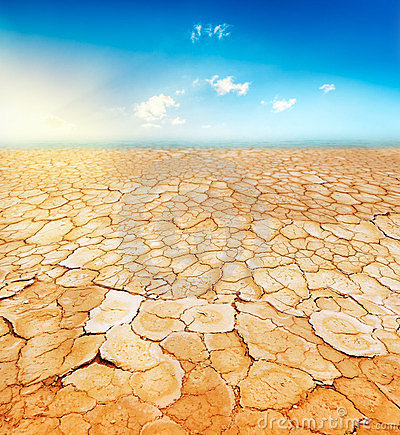Results 1 to 10 of 54
Thread: Suehiro Gokumyo 20K
Hybrid View
-
09-07-2016, 03:40 AM #1Senior Member

- Join Date
- Nov 2013
- Posts
- 758
Thanked: 104
Jimmy, you'll find Stuart has dealth with this a few times, and from memory it is the fact that the finer clusters on the 1200 are more likely to break off, thus embedding in the stone. Why they do it I don't know, but I do believe he is of the view that don't use it (1200) on any stones. I think it becomes more apparent on a stone the hardness of the G 20. As I mentioned mate, I am not a heavy user of the G 20 as a hobbyist, but I only became aware of the issue when I tried to buy a 1200 off him thus the warning. Cheers Bob
Forgive me Jimmy, what went wrong with your choceras, I have a couple I use the Atoma 400 on?Last edited by bobski; 09-07-2016 at 03:45 AM.
-
09-07-2016, 07:15 AM #2Senior Member

- Join Date
- Sep 2013
- Location
- NW Indiana
- Posts
- 1,060
Thanked: 246
Using a diamond plate finer than the hone being lapped to do more than a very light lapping is not a good idea as it's very easy for the removed abrasive particles to build up thick enough to bite into the nickel plate that holds the diamonds in. When they are near the same grit or when the diamond plate is finer than the hone, the abrasive particles removed from the hone during lapping are often larger than the distance from the top of the diamonds to the nickel plating, so they can very easily dig into the nickel and remove diamonds.
Personally I've never had any diamond grit embed in any stone I've lapped with a diamond plate, but that's not to say it isn't possible. Most of the time this is much more likely with softer stones. Abrasive lapping using loose grit is based upon this fact - copper is often used as a lap due to its softness - the grit is distributed across the copper surface then embedded with a hardened steel roller or pressed in with a hardened steel block.
-
09-07-2016, 02:06 PM #3

Last edited by JimmyHAD; 09-07-2016 at 02:10 PM.
Be careful how you treat people on your way up, you may meet them again on your way back down.
-
09-07-2016, 03:40 PM #4

Wow that's unfortunate. I dont see how lapping played a role in the detriment of those stones. I heard Choseras are somewhat sensitive to being left wet too long and that binder breakdown can be a cause of this. I guess this is why they do not recommend soaking for any length of time and I wouldn't use any honing solutions or soap on em either. Not saying this is the case for your stones but it seems the binder has a wonky nature and might be rather unstable depending the conditions they are exposed to. I understand you reside in Florida Jimmy, maybe heat and humidity also played a role in their demise. Just a thought but more of guess considering I have heard others suffer a similar outcome.
Don't drink and shave!
-
09-07-2016, 03:54 PM #5
 Be careful how you treat people on your way up, you may meet them again on your way back down.
Be careful how you treat people on your way up, you may meet them again on your way back down.
-
09-07-2016, 04:08 PM #6

My regrets if this is off topic. Jimmy your stone (pictured) shows crazing cracks due to shrinkage, possibly (probably) from off gassing. Similar to concrete and plastic aggregates that exhibit shrinkage during the curing process.https://www.google.com/search?q=mate...lb8BRuO0hwM%3A . Many old (50 to 80 yrs +) Barber hones show this effect too. Mike
-
09-07-2016, 04:31 PM #7
-
09-07-2016, 05:04 PM #8

They should be OK, man were all shrinking anyway.
 It would be interesting to see what the modern hones look like in 50 to 80 years.
It would be interesting to see what the modern hones look like in 50 to 80 years.
MIke
-
09-08-2016, 01:37 AM #9
-
09-08-2016, 01:42 AM #10


 58Likes
58Likes LinkBack URL
LinkBack URL About LinkBacks
About LinkBacks






 Reply With Quote
Reply With Quote








